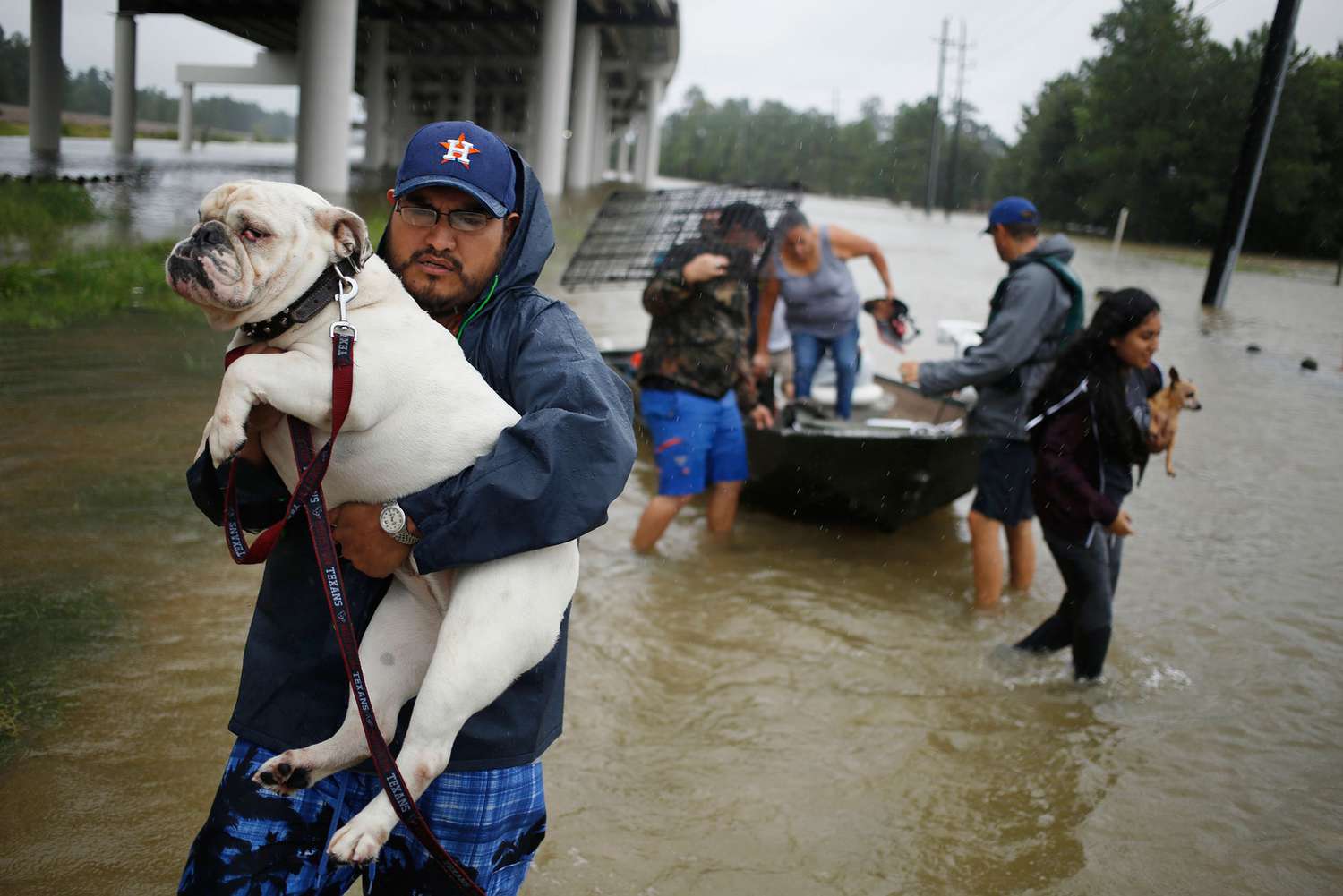Life happens fast. Emergencies happen even faster. In the face of a fire, flood, earthquake, or other disaster, effective preparation can save valuable minutes. Creating an emergency preparedness plan for your shelter is an important step that can help keep staff and residents safe. If your shelter houses pets, including plans for their evacuation and care is a critical part of emergency preparedness.
No two disaster plans will be the same. It’s important to consider your unique circumstances, like the layout of your shelter and the types of animals you house. Check out our top 5 tips for emergency planning with pets and consider how your shelter can best implement them.
1 - Create an Evacuation Plan
It’s likely that your facility already has an evacuation plan in case of emergency, but how do pets factor in? Consider where pets are housed at your shelter and who will be responsible for evacuating them. Are pets often kept in an area that requires a special key or entry code to access? Who has a key or code, and what is their role during an emergency? In the event of a fire, every second matters. Make sure your team has the tools they need to reach pets quickly and move them to safety.
Maintain a list of every pet in your shelter and include them in your headcount once everyone has assembled in your designated evacuation zone.
In a severe weather event or other natural disaster, it’s possible that residents may be unable to return to your facility for several days or even weeks. Make a list of pet-friendly hotels, boarding facilities, and emergency shelters that clients can evacuate to if necessary.
2 - Microchip and Tag Pets
It’s not uncommon for pets to become separated from their owners in an emergency and the single most reliable way to reunite lost pets with their families is with a microchip. A microchip (not to be confused with a GPS collar or tag) is a small device, typically implanted under the skin near a pet’s shoulder blades. Microchips can be read by a scanner, which are available at most animal shelters and veterinary clinics. If possible, ensure that all pets at your shelter are microchipped and have an identification tag attached to their collar that includes their name, contact phone number, and any urgent medical needs (ex: diabetic). Work with residents to ensure that the contact information stored on their pet’s microchip is updated regularly. If a pet is lost, contact their microchip company immediately to report them missing.
3 - Establish a Buddy System
If a resident is away during an emergency, who will be responsible for evacuating their pets? Consider establishing a “buddy system” at your shelter to ensure that no pets are accidentally left behind. Each time a pet parent leaves your facility, identify a staff member or other resident who will be responsible for evacuating their pet in an emergency. Make sure their disaster buddy is familiar with the pet and is comfortable handling them.
4 - Assemble a Disaster Kit
A disaster kit contains food, water, medication, and other supplies that you may be unable to access if roads and businesses are closed. Assemble a kit for each animal in your shelter and keep it near an exit so you can easily grab it if forced to leave.
We recommend including a one week supply of food, water, and prescription medication, as well as a pet first aid kit, identifying photos, vaccination and other vet records, cleaning supplies, and essential care supplies, like a litter box, cat litter, and water bowls.
Make sure that items like leashes and pet carriers are stored in a place that can be readily accessed in an emergency.
5 - Save Photos with Pets
If a pet is lost during an emergency, photos can help prove ownership so that they can be reclaimed from an animal shelter. Make sure your photos are recent and that any identifying features can be clearly seen. Include at least one photo with both the pet and their owner. Keep copies in your disaster kit and on a phone or server for easy access.
Including pets in emergency plans can dramatically impact the safety of both animals and people in the event of a disaster. Pets left behind during a disaster can be lost, injured, or killed and pet owners may refuse to evacuate if it means they must abandon their pet. Take time to create a disaster preparedness plan for your shelter and make sure your residents’ pets are included!
Still have questions or need support? Contact Community Outreach Coordinator, Danielle Works, at danielle@redrover.org or check out our Coaching Program for customized program support. We’re here to help!
Featured image: A man carries a dog after being rescued from rising floodwaters due to Hurricane Harvey. (Luke Sharrett/Bloomberg)
Danielle Works is the Community Engagement Manager for RedRover. With more than 10 years of experience in animal welfare, Danielle consults with shelters throughout the country to identify collaborative solutions for pets and owners in crisis. She holds a Bachelor’s degree in Biology from Willamette University in Salem, Oregon.



